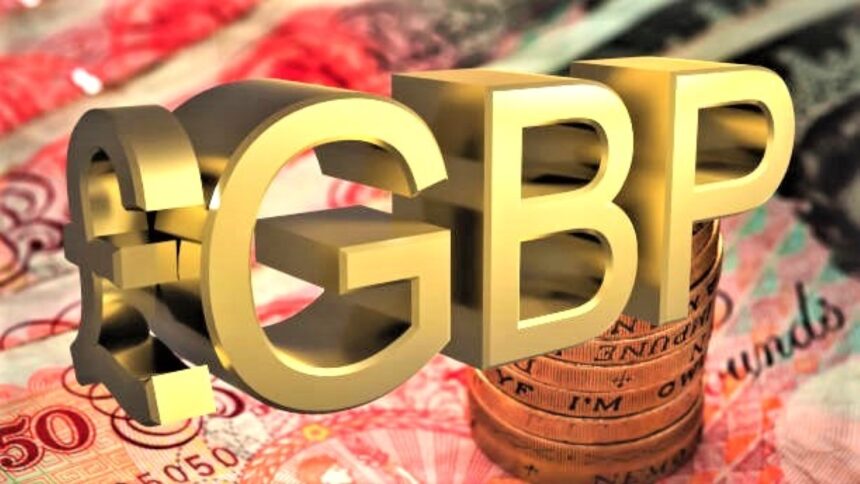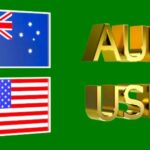Pound sterling showing incredible strength against the US dollar.
In Friday’s London session, the Pound Sterling (GBP) outperformed all of its main rivals, with the exception of Asia Pacific currencies.
Healthy increase in UK retail sales could reduce the likelihood of a second consecutive BoE interest rate drop.
The British pound has risen dramatically as the United Kingdom’s (UK) Office for National Statistics (ONS) revealed that Retail Sales returned in July, as expected, after falling sharply in June.
The data showed that monthly and annual retail sales increased by 0.5% and 1.4%, respectively. According to the research, sales receipts at departments Stores and sports equipment stores expanded significantly, with retailers claiming that summer discounts and sporting events like the European Football Championship helped sales. On the contrary, demand for motor fuel fell substantially.
Retail sales are an important indicator of consumer spending. Strong consumer demand tends to drive inflationary pressures in the economy, thus the statistics may reduce predictions that the Bank of England (BoE) may drop interest rates again in September. The BoE began lowering its benchmark borrowing rates in the first week of August, but the rate decrease was a difficult decision, with a 5-4 vote divided.
The BoE’s next monetary policy meeting in September could also be a difficult decision. Inflation in the UK service sector fell considerably in July as Weekly Jobless Claims. Positive US data reduces fears of a recession, lowering expectations for a dramatic policy/easing reaction from the Federal Reserve (Fed) in September.
Wage growth is declining. However, the most recent labor market data revealed that the unemployment rate unexpectedly declined, indicating that the economy is obviously on a growth path.
Daily Market movers: Pound Sterling hits two-week high against the US dollar.
The Pound Sterling hits a new two-week high of 1.2885 against the US Dollar (USD). The GBP/USD pair strengthens as the US dollar falls slightly in Friday’s European trading hours, following a dramatic comeback on Thursday. The US Dollar Index (DXY), which measures the value of the US dollar against six major currencies, is trading near 103.00 after recovering from a 10-day low of 102.27.
The recovery move in the US Dollar was triggered by substantial rise in the United States’ (US) monthly retail sales for July and lower-than-expected
According to the CME FedWatch tool, 30-day Federal Finds Futures pricing data show that the possibility of a 50 basis point (bps) interest rate cut has decreased to 29.5%, down from 51% a week ago. Even while market speculation about big rate reduction has subsided, expectations for a dovish decision in September remain strong.
A decrease in the number of US persons filing unemployment benefits for the first time in two weeks implies that labor market conditions are not as terrible as the Nonfarm Payrolls (NFP) figures for July. The official employment data revealed soft labor demand and a Significant increase in the unemployment rate.
Meanwhile, Fed policymakers are indicating that they are comfortable with the prospect of interest rate cuts. On Thursday, St. Louis Federal Reserve President Alberto Musalem stated that “the time may be nearing when an adjustment to a moderately restrictive policy may be appropriate.” When asked about current labor market conditions, he stated, “The labor market is no longer overheated.”









